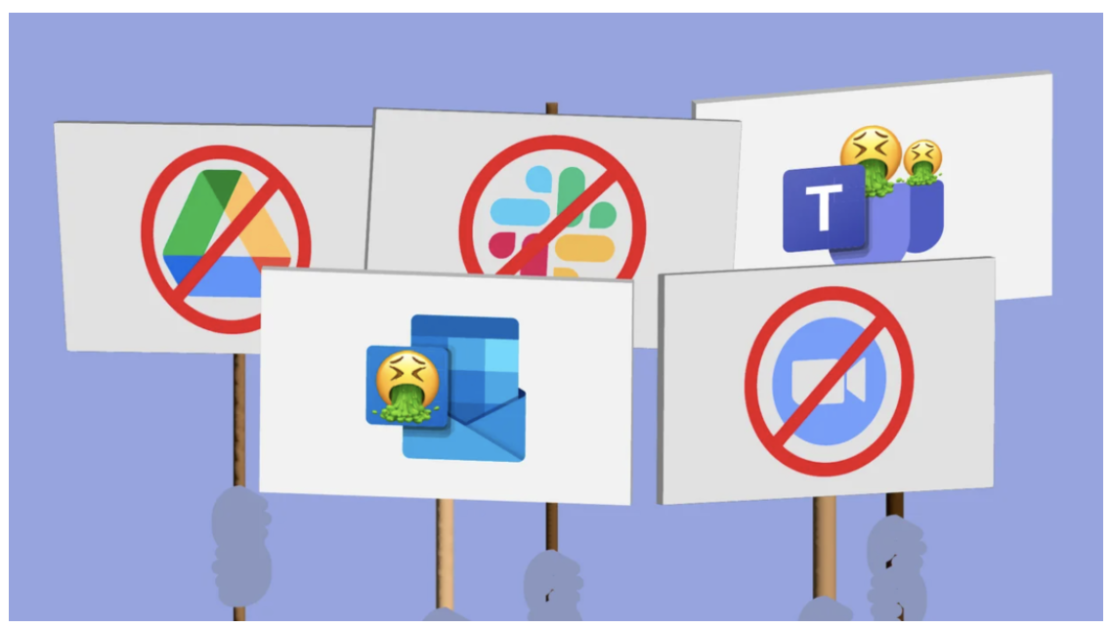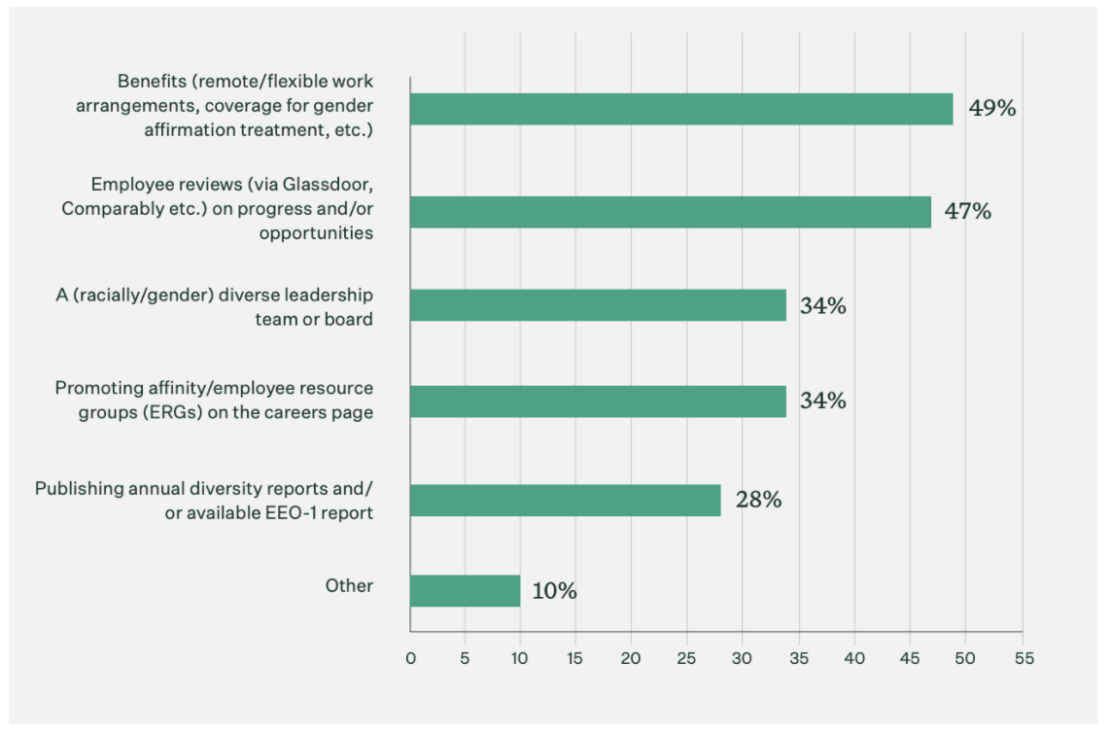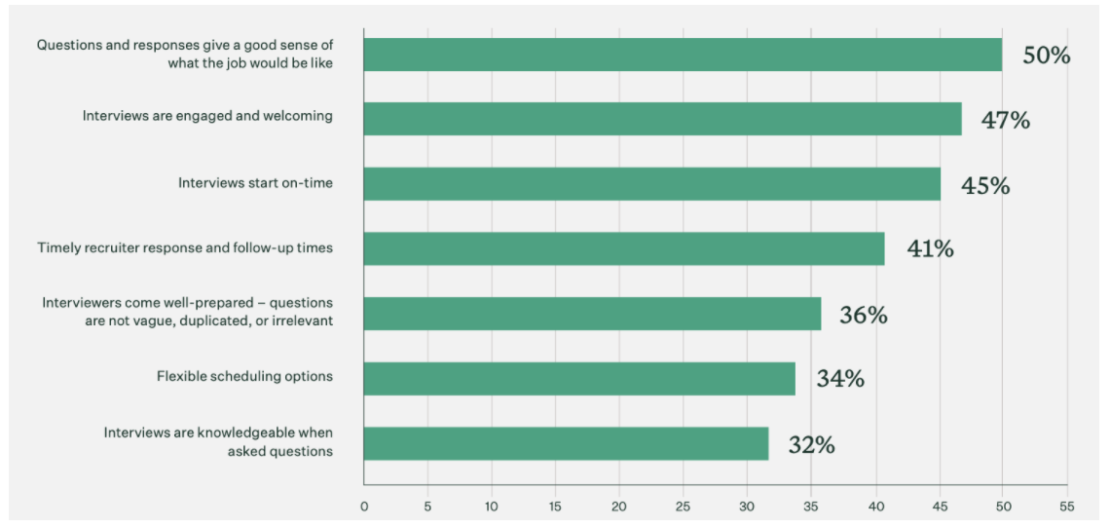
For some time, I’ve been looking for one “source” that curates modern takes on HR Tech, perspectives from the people who build it, and its impact on enterprise — something that’s tailor-made by professionals for decision-makers.
I never found it — so I decided to build it.
Every week, I’ll be sharing fresh insights on tech platforms, design, data, and the future of work — straight to your inbox.
My Thoughts
This week, I had the opportunity to visit our newest SEI office in Charlotte, North Carolina, led by Managing Director Nilsa Algarin! The last few months have been quite a flurry of activity leading up to the opening. The history and culture of the Charlotte area calls for a local team of innovative, collaborative minds to help SEI become intertwined in the business community.
Some may think the effort and resources we put into opening a new SEI office is a bit over the top. For the past two years, some companies have been choosing to move away from local model focuses and/or downsize their physical locations, or even do away with them all together. Going fully remote with no intent to ever re-focus locally. While we are fully committed, and have been, to hybrid work, we are fully focus on our local delivery and community model. Sure, does being hybrid allow us to support national clients from any of our 11 offices, yes it does. But does that mean, we will not build, develop and hire locally and commit to the local SEI experience? Absolutely not. You can have the best of both worlds if you invest in, define what it is, and commit to a truly hybrid experience. Furthermore, I was elated to see the team present in the physical office. Everything in the new space is intended to reflect the welcoming and innovative culture at SEI, and to provide a space for collaboration when someone is in the office. It’s like they say: if you build it, they will come.
Welcome, Charlotte team! We couldn’t be happier to have you.
Market Moves
I’ve mentioned this a handful of times, but it bears repeating. One of the most impactful things a company can do to retain workers amidst the Great Resignation is to strengthen internal talent marketplace programs. Not only do these initiatives provide employees greater access to career opportunities within their current organization, but they also fulfill the human desire to learn new things, helping employees stay engaged and fulfilled. 🧠 As a result, the market is hot with upskilling startups.
In the last two years, investors have poured more than $2 billion into startups that offer upskilling ↗️, which helps employees progress in their current career, as well as reskilling 🔃, or training for a new career entirely. This market boom also comes at a time in which workforce advocates are urging leaders to enact programs that offer upskilling and reskilling for a wide range of blue collar workers as automation takes over their industries. 🦾
Within the enterprise upskilling industry, companies like Workera are choosing to focus less on educational content and more on making the process of upskilling as effective and streamlined as possible. 🙌 The startup, which raised $16 million in August, offers a platform that uses AI, data literacy, and machine learning to help organizational leaders understand what skills they need and develop the most impactful learning plans. 📚
Tech Innovation at Work
Tax season is well underway. 💀👎 In addition to the backlog of nearly 24 million returns threatening to make this year’s filings somehow even more of a headache, the Internal Revenue Service is desperately backpedaling its announcement 📣 to implement facial recognition requirements through a third-party partner, ID.me. The decision, fueled by a lack of funding for such internal programs and the need to strengthen protections against fraud and bad actors, received vicious backlash after a security researcher published his harrowing journey 🗺️ to establish his own IRS ID.me account. Facial recognition has long been recognized as being wrought with racial biases, almost guaranteeing that the new identity verification process would make the difficult process of filing taxes even more painful and frustrating for people of color. 🙅♀️ This entire issue reaches a head when it’s acknowledged that ID.me’s privacy policy does state that they reserve the right to share personal information with law enforcement. It was not long after this that the IRS walked back its announcement 🕴️ saying they are now exploring alternatives. If you ask me, though, they should probably take some time to address that backlog first.
As the role of HR continues a track of unprecedented growth, people analytics 👤 💻 has been hailed as the key to achieving better, faster, smarter people operations management. From recruiting to performance management and upskilling (which I discussed not even 3 paragraphs ago), we have big plans for machines in the world of human resources. Try as we might, though, AI and algorithms have yet to provide completely, reliably unbiased results. 😰 In the world of work, specifically, this issue has proven damaging to both women and people of color. 🤖 👎 Of course, it is never the intention of the person behind the programming to create such a tool. Unintended and unexpected biases are something that we likely will not be able to fully eradicate for quite a while. In the meantime, though, it is still crucial that we lean on computer counterparts to ensure individual employees and workplace cultures at large are healthy and meeting their potential. Which is why I love this new phrase from Harvard Business Review: Human-in-the-loop analytics. 👩💼 🔄 🖥️. As the name implies, this method involves a much more 👐 hands-on, people-centric approach of utilizing AI and algorithms in the workplace in order to identify and correct biases. This incredibly effective approach to analytics does more than prevent real-time biases from blocking commonly-marginalized groups from current job opportunities. It also helps algorithms learn and correct old biases present in the data on which they were built. 💯 🤖 👍 Plus, until we consider a change of name, I think there should always be a certain amount of “Human” in Human Resources. Learn more about human-in-the-loop analytics here.

Finally, though this may not be the traditional technical innovation we discuss, I want to share the latest in household chore innovation that’s been shaking up my home for the past week: Dawn’s new dish soap packaging. 🧼 Gone are the days of precariously propping your half-empty soap bottle upside down to coax out the last few drops of liquid gold bubbles. Dawn’s new packaging is designed to complement the modern way we suds up dishes (which I’ll call D2P, for Direct-to-Plate 😁). If you only take one thing away from this week’s Exit Interview, make it a trip to the grocery store.
The Changing Workplace
Remember in last week’s All About Data when I mentioned that employees spend 40% of their workday switching between tasks 🖥️ 🔄 💻 and are just generally completely overwhelmed by the volume of notifications they receive? 🔔 😰 🔔 😭 🔔 Well, the conversation has become a bit more extreme. A recent piece from Protocol included a spotlight of one copywriter who turned down what many would consider a dream job — just because the company used Microsoft Teams. In an interview with Protocol about his decision, the worker said, “It has more of an old-school, IT-ish feel to it. I don’t have anything more to complain about it other than the fact that the vibes are off.” 🙅 There are only a few instances of such extreme gestures, but more employees are starting to vocalize how they really feel about software stacks they stare into every single day. 👀 It isn’t just a matter of which tools people feel are most effective or whether one has the premiere gif integration (looking at you, Slack) 👌. Employees are taking note ✍️ of how their employers respond to this feedback, and what deeper implications it has about the company culture. In an interview with Protocol, Adobe UX design expert Jared Spool shared some wisdom when reflecting on Adobe’s recent switch to Teams: “[ignoring this type of feedback] communicates a set of values that that organization has, which is they don’t care about the efficiency or effectiveness of the people who are trying to get their work done.”

People Ops platform Culture Amp knows a thing or two about helping employees thrive. 👨💻 And with employees wanting feedback now more than ever, it’s important to have a robust and effective performance management tool. 🛠️ Every organization is going to have its unique software needs, but here are the four boxes Culture Amp says any performance management tool should check:
- Tracks all the goals: ✍️ ✍️ ✍️Including individual goals, team goals, and company goals. The ability to view and compare goals at multiple levels allows leaders to connect the dots between individual and team performance. Employees also glean insight and show increased engagement from understanding the impact of their role in an organization.
- Makes performance reviews less painful: 😌 Now that you know that better softwares exist, you should demand an overall better performance management experience for your organization. Find a tool with features like templates and simple workflows that make it simple, transparent, and easy-to-use.
- Facilitates year-round growth: 🗓️ As I mentioned, employees want feedback integrated into their daily work routines, with regular 1-on-1 meetings and real-time advice for improvements. Your performance management solution should allow you to lean into this trend, especially considering it’s wildly more effective than an annual review alone.
- Integrates into your current tech stack: 🖥️ Organizations have never been more invested in creating effective and curated software stacks for their organizations. Therefore, the ideal performance management program should blend seamlessly into your existing HR IT architecture.
Ghosting: 👻 fortunately, most of us are too old to have much experience with the phenomenon on dating apps, which is where the term first originated. But ghosting is something that’s been happening for a long time in the job applicant world — only now it’s coming back to haunt us. 😳 😜 Despite the Great Resignation resulting in a major power shift towards applicants and employees, new survey data from Indeed is showing that employers are doing the majority of ghosting these days. Of survey respondents, 77% of job seekers reported being ghosted by an employer since the start of the pandemic, and 76% of employers report having ghosted candidates. 😬
This doesn’t seem to be an enjoyable experience for either party. A significant percent of candidates report feeling guilty for having ghosted an employer, while others reported that their ghosting resulted in “repercussions,” moving forward in their job hunt, which the report unfortunately did not elaborate on. Recruiters and employers also report regretting their choice to ghost candidates — albeit somewhat less so. 🤷🏽
Why employers have turned up the dial up 📈 on such an off-putting behavior in the midst of a huge workforce shortage is yet to be understood. Ghosting (👻) is one of the easiest ways to communicate to applicants that they don’t value individual workers, making them less likely to pursue a position in the future or refer friends. In fact, in addition to more mainstream channels like Glassdoor, forums like r/recruiterhell are filled with people sharing their [less than stellar] experiences with a variety of companies. Long story short: companies that engage in this type of brand-damaging practice run the risk of their applicant tracking systems turning into… well… a ghost town. 😅
All About Data
Applicant tracking system and recruiting software company Greenhouse just released their 2022 Candidate Experience Report which surveyed 1,500 respondents from the US, UK, Ireland, and Germany to gain insight on their understanding and expectations of job seekers in the current market. Here are the highlights:
First of all, 60% of job seekers believe the entire recruitment experience could stand to be improved. Which means we have a lot of work to do. To be a touch more specific:
58% of candidates expect to hear back from a company within one week of submitting an initial application. As Greenhouse CEO Daniel Chait explains: “[job seekers] want hiring managers to be considerate about their time, which includes streamlining the application process…and following up in a timely manner afterward.”
Diversity, Equity, and Inclusion values are highly valued for candidates, especially these factors:

70% of candidates want feedback after an interview, and 61% of respondents said they would be more likely to reapply for future roles if they received feedback because it reflects an organization’s values.
Oh, and hopefully it’s not a surprise, but 51% of candidates said they wouldn’t even bother applying to a job if remote or hybrid work wasn’t an option.
Need to prep for your next interview? Here are the most important things candidates are looking for in a positive interview experience:

Editor’s Picks
- Identifying and addressing microaggressions at work.
- How not to go viral, brought to you by MeUndies.
- What “more communication” looks like in practice.
- Here’s where we’re at with global net zero targets.
- More than 50% of Netflix’s global staff is female.
Click here to subscribe to Exit Interview, a weekly email about tech platforms, design, data, and the future of work — straight to your inbox

